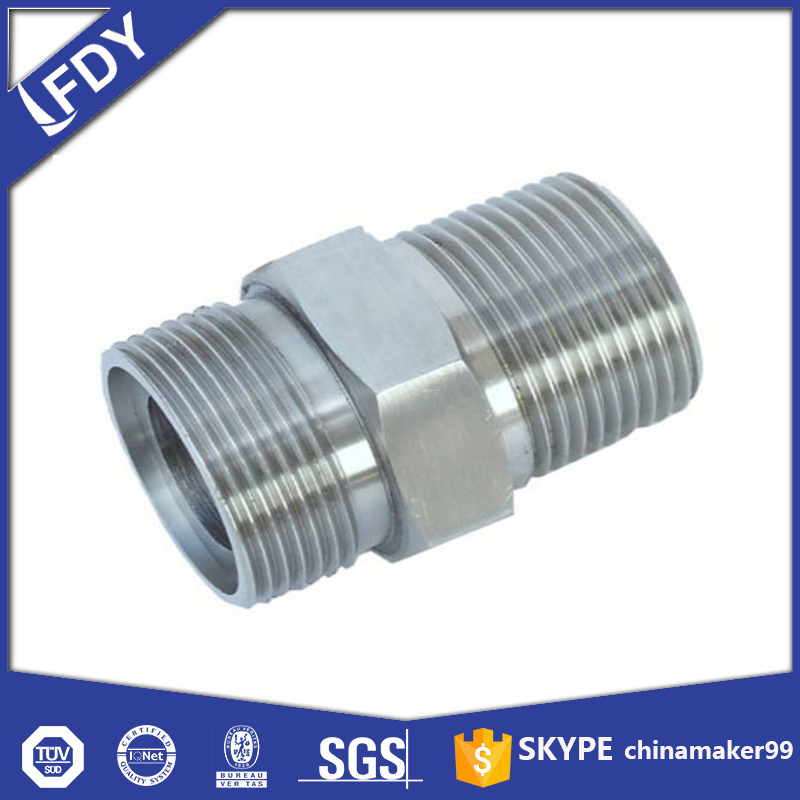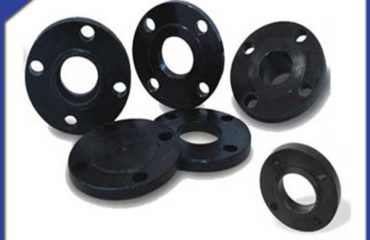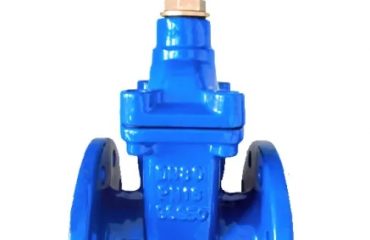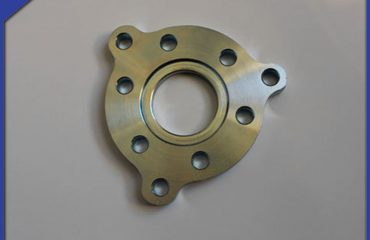
Threaded fittings are essential components in piping systems, designed to create secure, detachable connections between pipes, valves, and other equipment. Unlike welded or glued fittings, their threaded design allows for easy assembly and disassembly—making them a practical choice for scenarios where maintenance or adjustments are frequent. This versatility, combined with their ability to work across different pressure and fluid types, has made them a staple in both industrial and residential settings.
A key advantage of threaded fittings is their structural simplicity with reliable performance. The threads (either male, with external ridges, or female, with internal grooves) form a tight seal when paired correctly, minimizing the risk of leaks. This simplicity also means they require fewer specialized tools for installation compared to welded fittings, which need welding machines and skilled operators. For example, in residential plumbing systems, threaded fittings are often used to connect water heaters or faucets—homeowners or basic plumbers can install them with just a wrench, reducing labor time and costs.
Selecting the right threaded fitting requires attention to three critical factors: thread type, material compatibility, and pressure rating. Thread types vary by region and standard—common ones include NPT (National Pipe Tapered) used in North America, BSP (British Standard Pipe) popular in Europe and Asia, and G-threads (parallel threads) for low-pressure applications. Using mismatched thread types can lead to poor seals and leaks, so verifying the system’s thread standard first is essential. Material compatibility is equally important: if the fitting connects to a stainless steel pipe carrying corrosive fluids, a brass fitting may corrode over time—instead, a stainless steel or plastic (like PVC) fitting would be a better match. Finally, the fitting’s pressure rating must align with the system’s maximum pressure; a low-pressure fitting used in a high-pressure gas line could fail catastrophically.
Many users encounter issues with threaded fittings due to avoidable installation mistakes. One common error is over-tightening the fitting: while a secure connection is necessary, excessive force can damage the threads or crack the fitting, creating leaks instead of preventing them. A general rule is to hand-tighten the fitting first, then use a wrench to turn it an additional 1/4 to 1/2 turn—this balances tightness and safety. Another mistake is skipping thread sealant: even well-matched threads can have tiny gaps, so using Teflon tape or pipe dope fills these spaces and enhances the seal. However, it’s important to avoid applying too much sealant, as excess can clog the pipe or contaminate the fluid inside.

Threaded fittings are adaptable to a wide range of industries and applications. In industrial settings, they’re used in chemical processing plants to connect small-diameter pipes carrying solvents, as their detachable design allows for easy replacement if a fitting becomes corroded. In HVAC systems, they connect refrigerant lines, where frequent maintenance (like cleaning or part replacement) makes their disassembly feature invaluable. Even in automotive repair, threaded fittings are used in fuel lines and coolant systems—their durability stands up to the vibration and temperature changes of engine operation.
In summary, threaded fittings offer a blend of simplicity, versatility, and reliability that makes them indispensable in piping systems. By understanding thread types, prioritizing material compatibility, avoiding installation mistakes, and leveraging their adaptability, users can ensure their connections remain secure and efficient. As industries continue to demand easy-to-maintain piping solutions, threaded fittings will remain a key component in both professional and everyday applications.
 Language
Language Espanol
Espanol English
English Italian
Italian عربى
عربى
 Skype: chinamaker99
Skype: chinamaker99  Tel: 86-316-5120812
Tel: 86-316-5120812  Email:
Email:  Whatsapp:
Whatsapp: 

